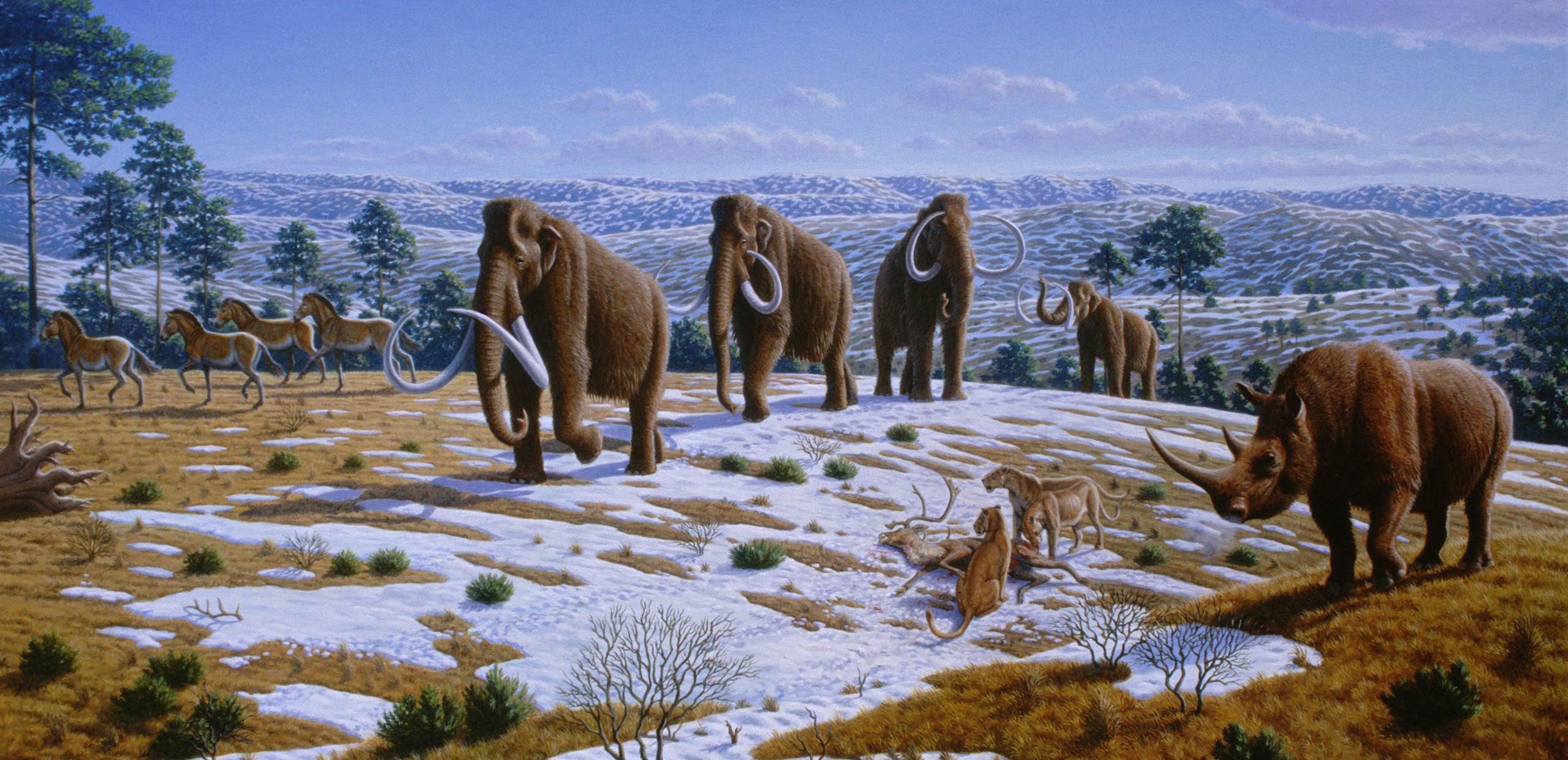https://youtu.be/duTJP-ePewU
There you have it. Based on what we currently understand about cloning, we don’t have any way to regenerate a dinosaur. We’re just going to have to rely on time travel. Of course, there are other historic creatures that are within the reasonable DNA half-life, including Neanderthal Man. In this interview with Spiegel from several years ago, scientist, George Church, discusses the plausibility of cloning a Neanderthal Man and other topics that may shock or delight you. Church denied that he was seeking an “Adventurous Woman,” as some reported, to be a surrogate for a baby Neanderthal. We don’t know if he didn’t get a volunteer or if there were too many. (Can you just imagine the email?)

Are these places where science dare not go? If someone discovers a way around the half-life issue or wants to explore brining back a woolly mammoth or Neanderthal should we be worried or buy tickets? As host to the one and only Iceman, we would love to have a pet dinosaur. I guess we’ll have to be content to enjoy our lucky lizard, Alvin, on display in the museum.



